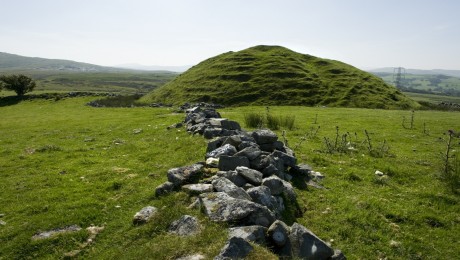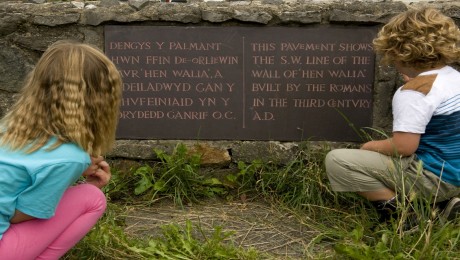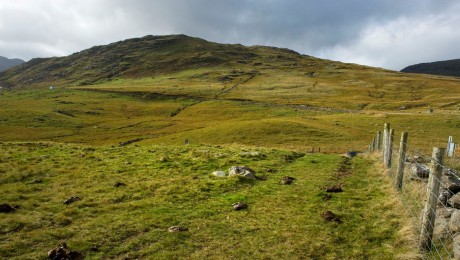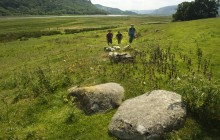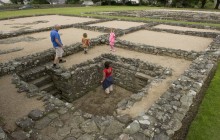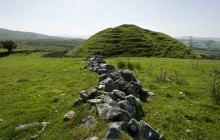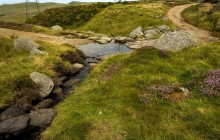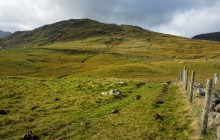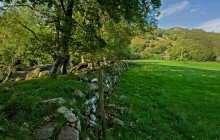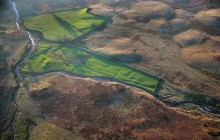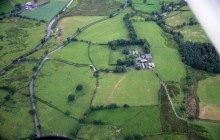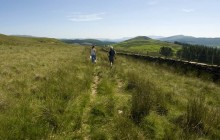Romans
The intrepid Roman army first arrived in the south of Britain in AD 43 but it took them several decades of fighting the Celtic tribes to overcome determined local resistance. The newcomers were shrewd operators too – they set up certain areas as client kingdoms, meaning that some tribes controlled territory for the Romans. Governor Agricola’s troops managed to take control of the Isle of Anglesey and north Wales by AD 77 and they set up bases to secure their power in Wales. These auxiliary (or secondary) forts, in strategic locations, some by river or the coast, played a vital role in trade and communications networks, and each Roman base was connected by newly built roads. The forts were constructed according to a uniform structure to ensure the smooth running of the mighty Roman military machine. Fewer soldiers were stationed in Wales by AD 120 because they were needed to defend the border in the north of England. The Romans even engaged in industry to service their building needs – evidence of their tile kilns have been discovered and they also mined copper and used slate. With the Roman Empire on the wane in the late 4th century, troops were withdrawn from Wales and the north. Roman rule in Britain had ended by AD 410 but their legacy is still clearly visible in our towns and countryside. Find out more by tracing the remains of forts by foot at Segontium (Caernarfon), Canovium (Caerhun) and Tomen y Mur (Trawsfynydd).
Romans on the Map
Map
